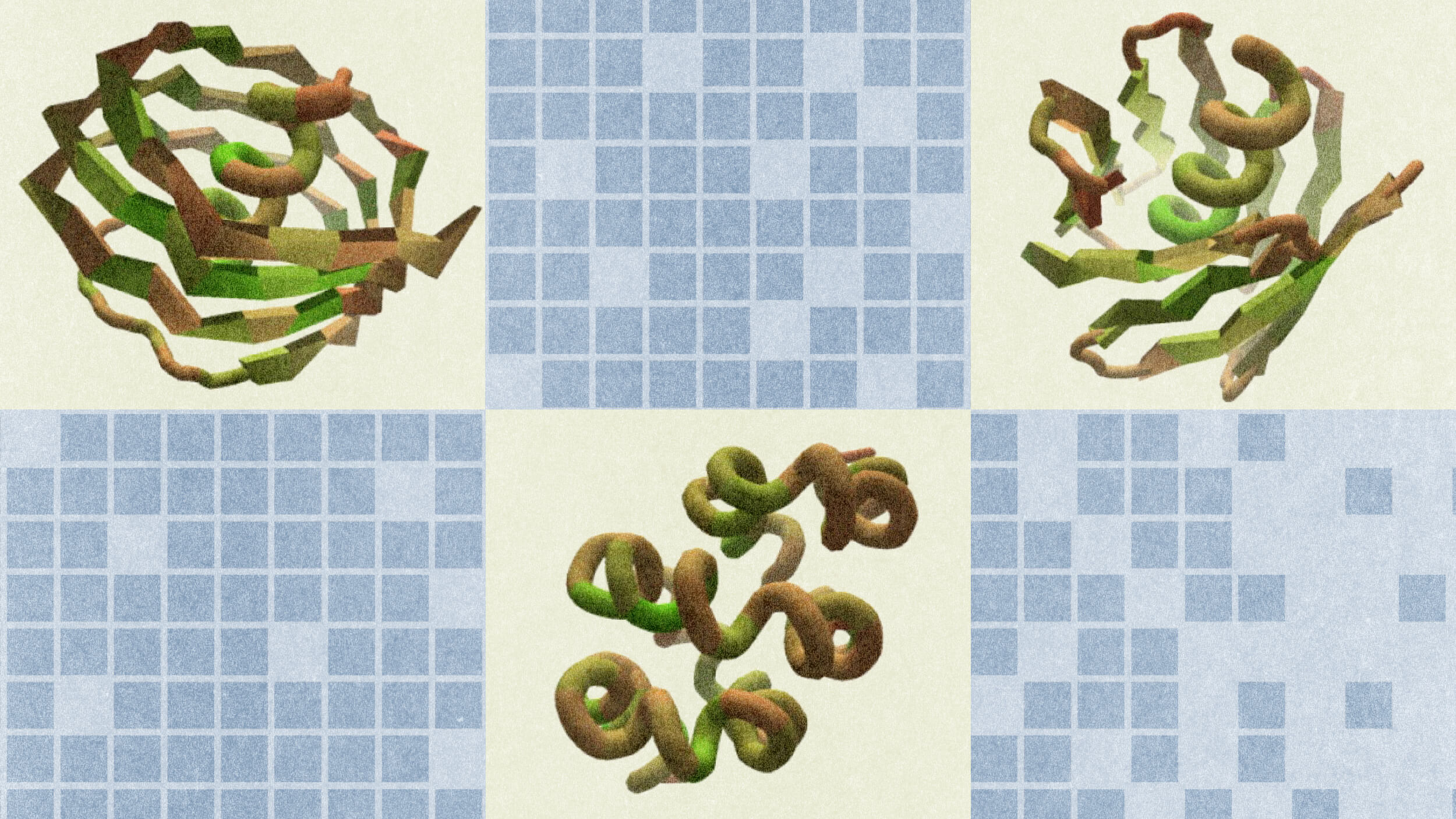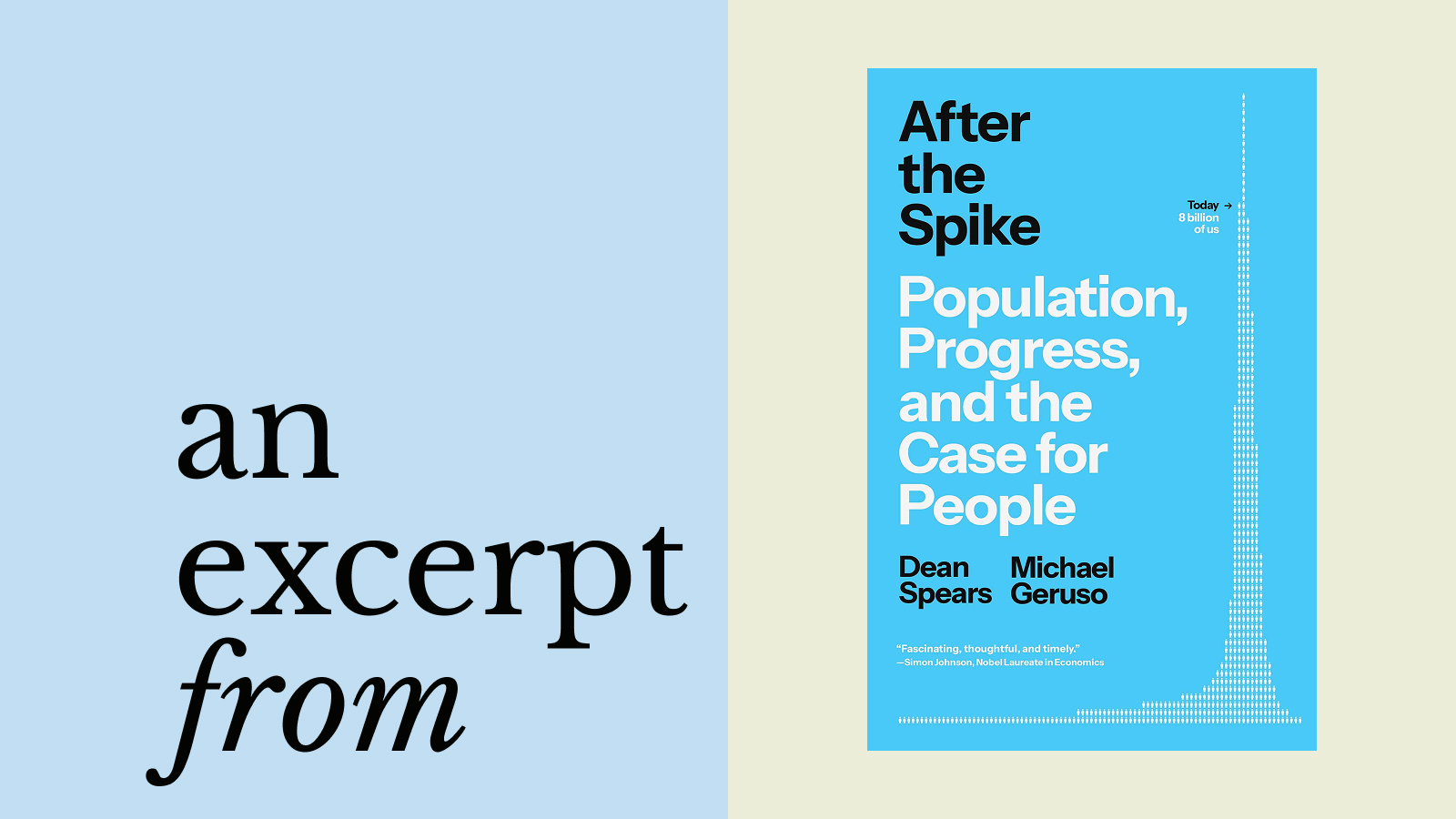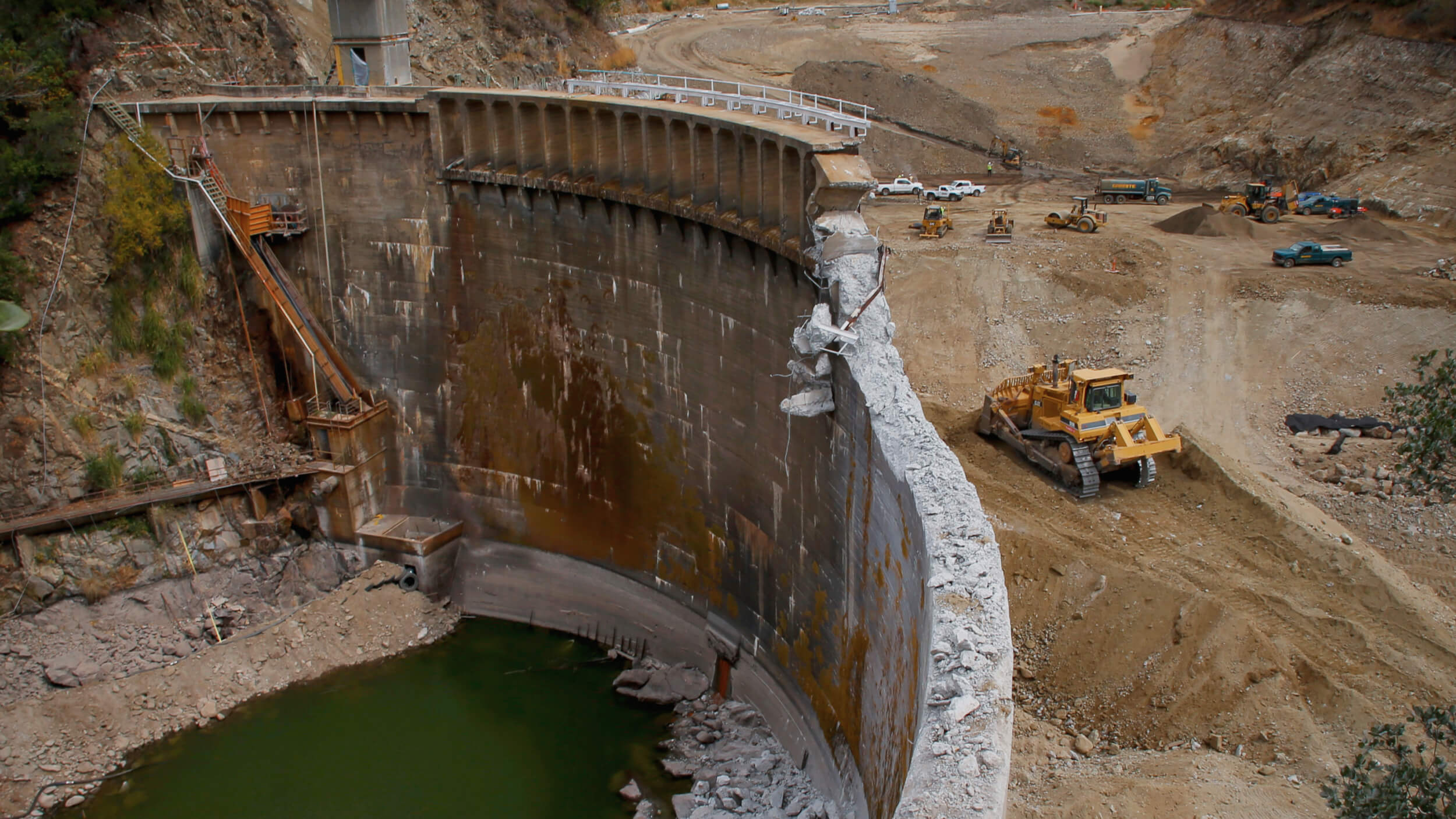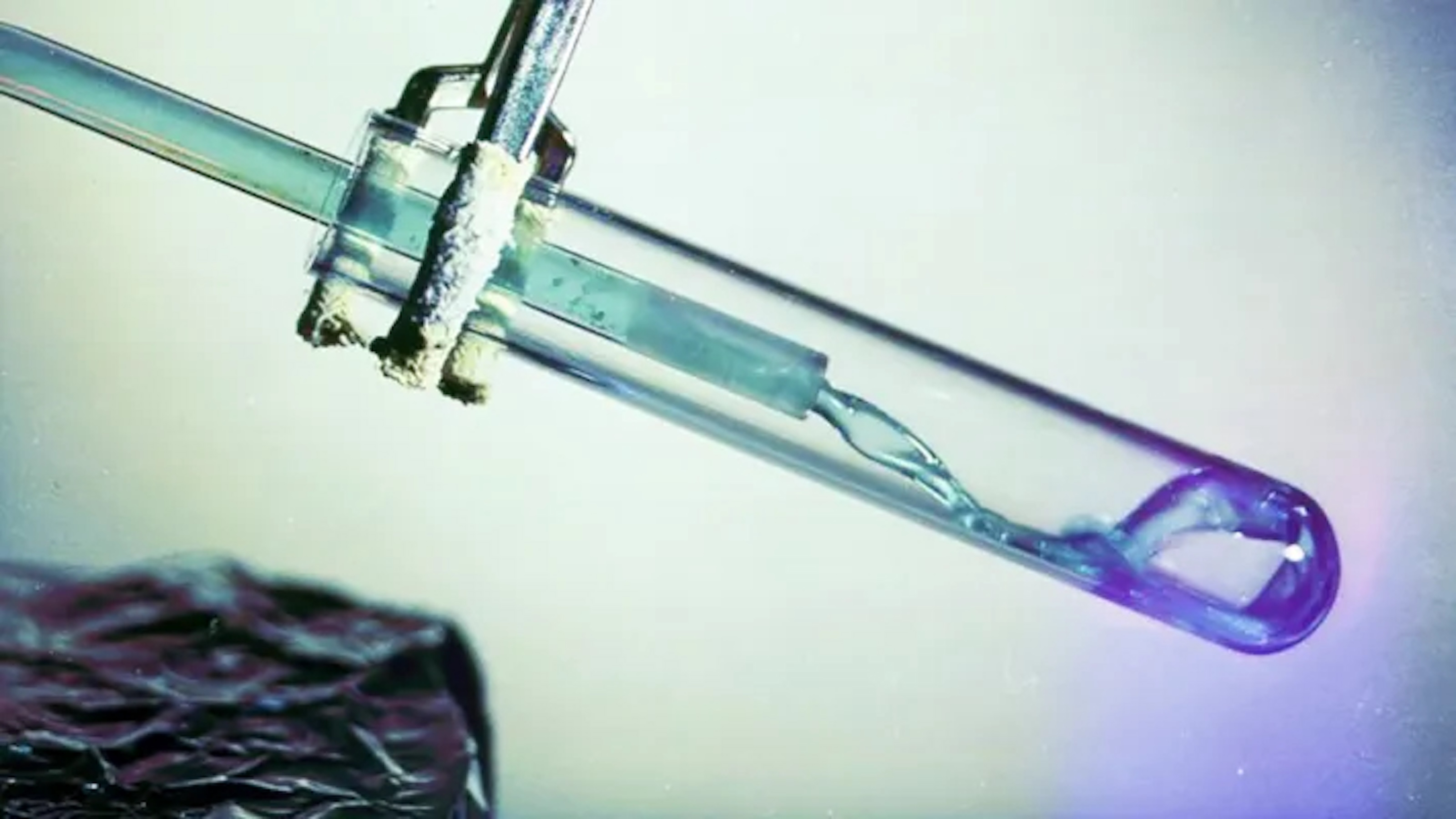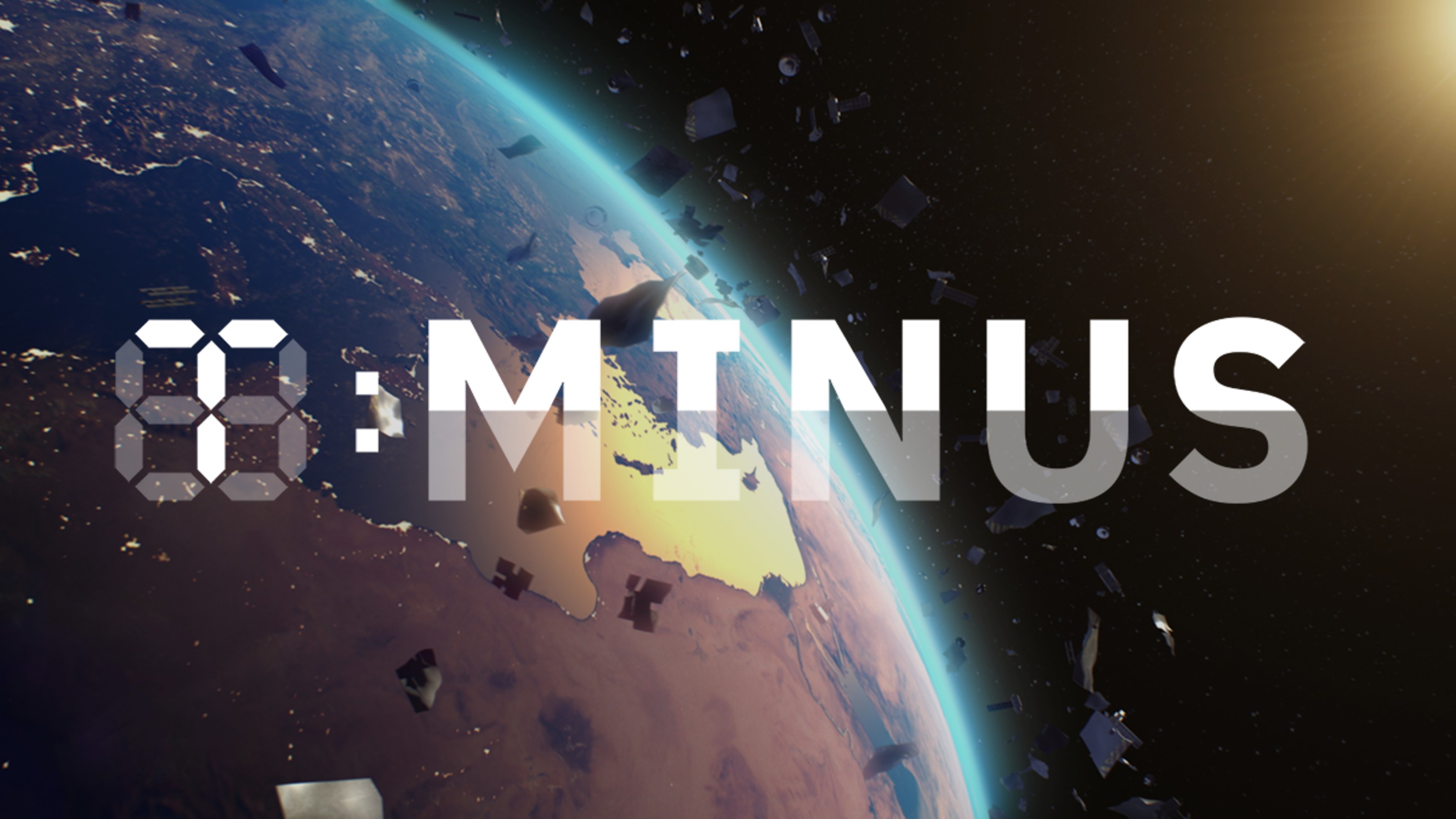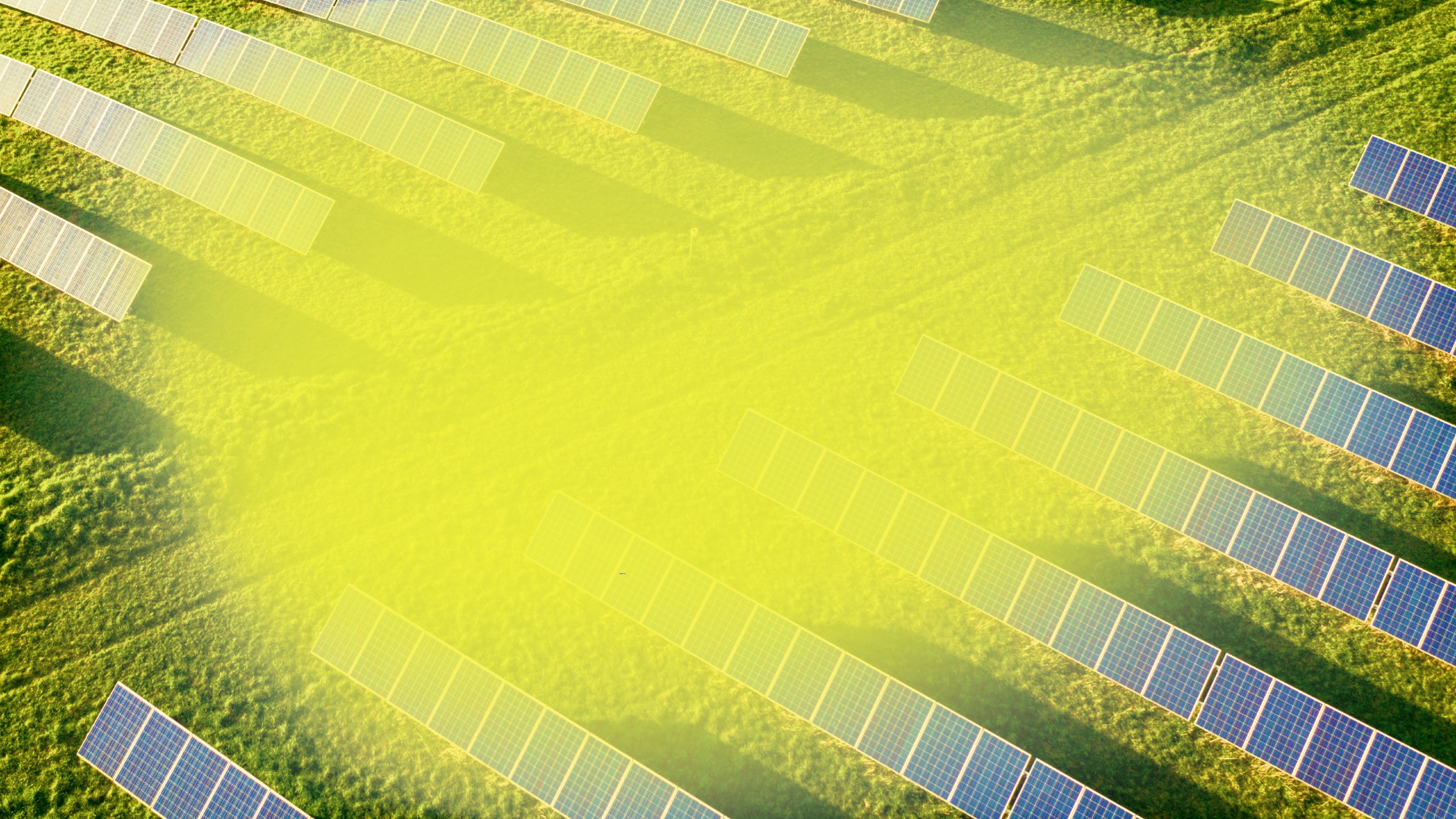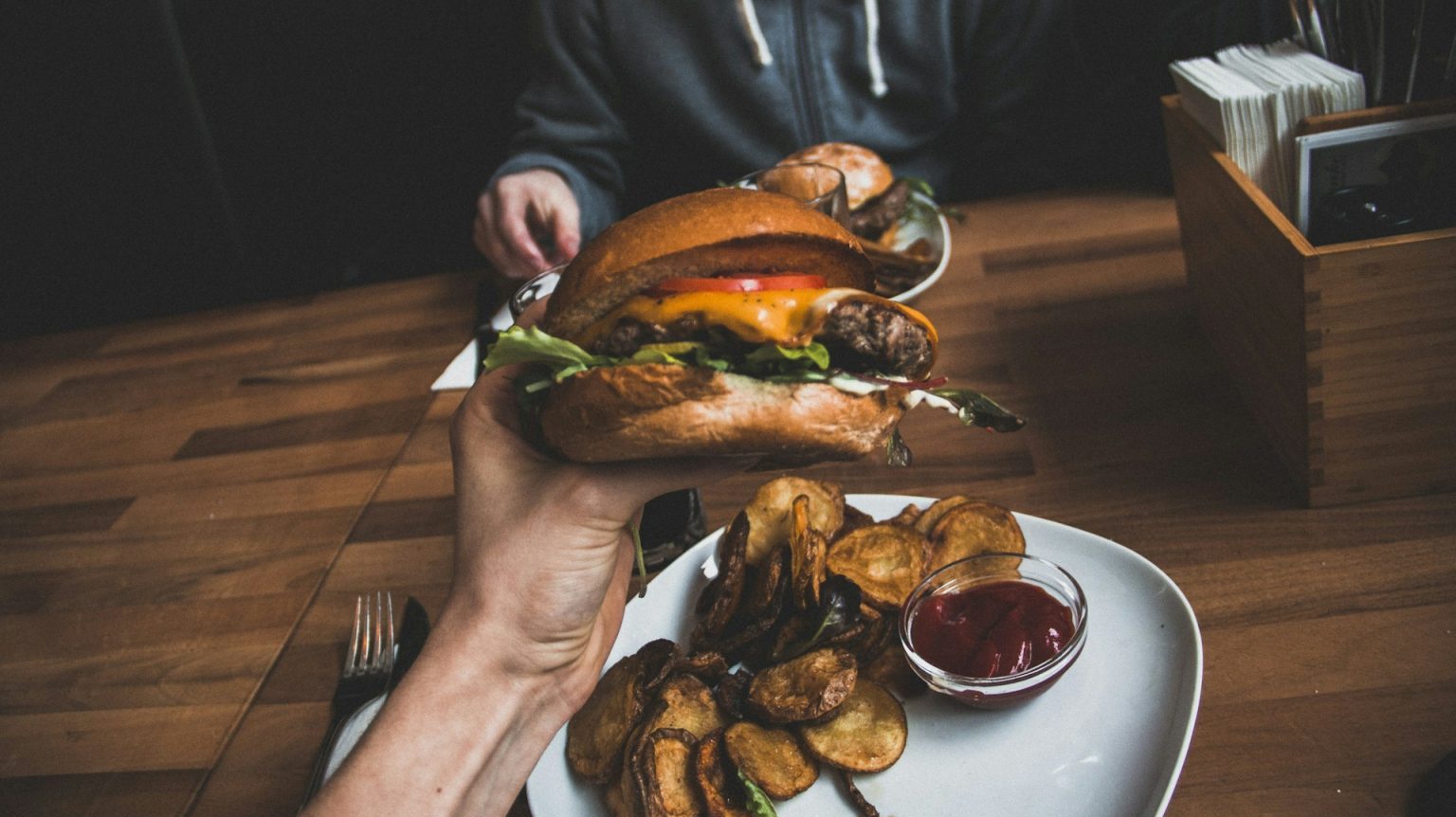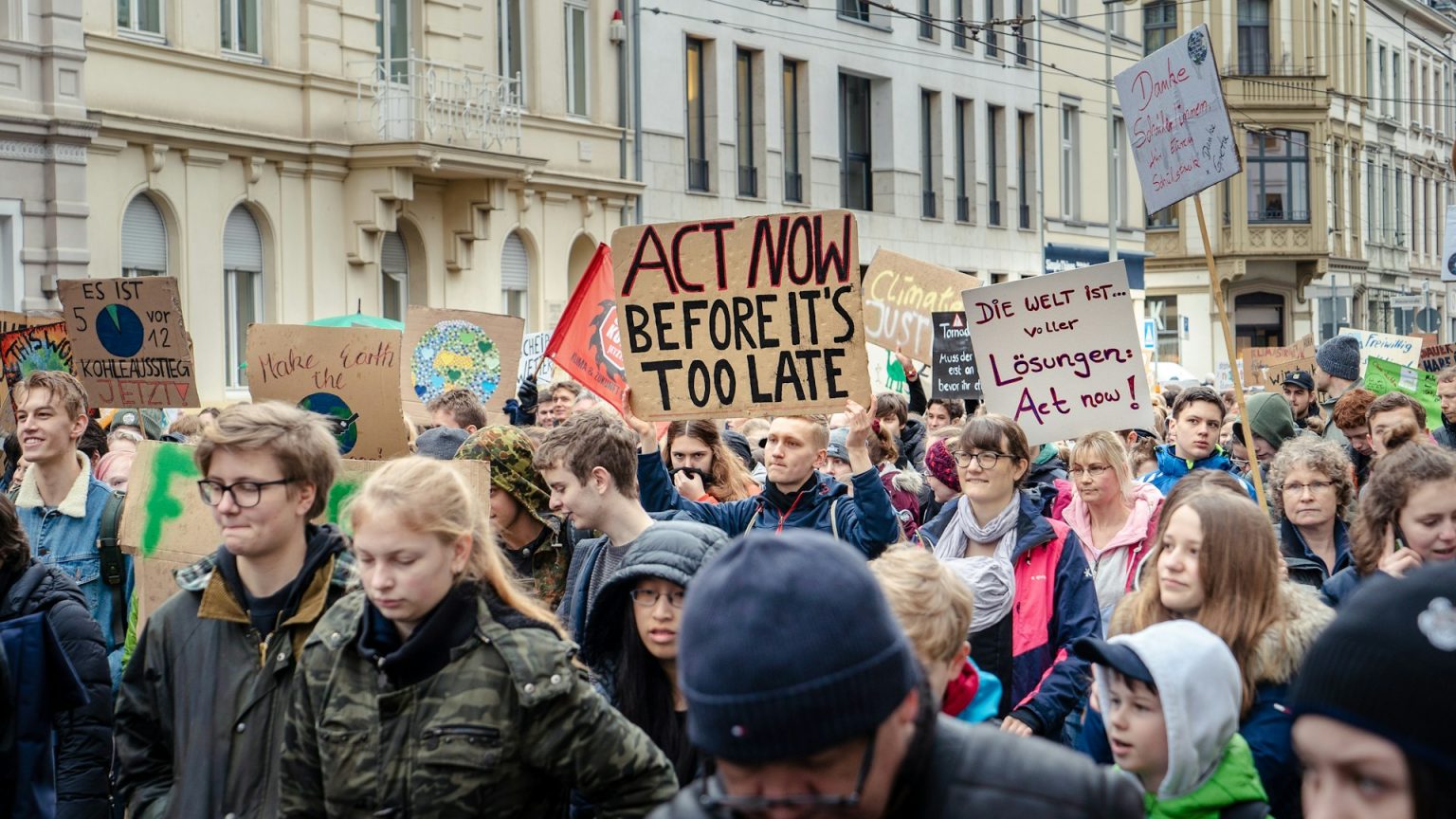Solutions & Sustainability
Nuclear chemist Tim Gregory joins Big Think to make the case that nuclear energy can still transform the world for the better.
By inviting players to tackle real scientific problems, games can offer a hand in solving medicine’s toughest challenges.
In “After the Spike,” Dean Spears and Michael Geruso show why policy, rather than high population density, has the most significant impact on the environment.
Tech expert Peter Leyden argues that we have a historic opportunity to harness AI and other transformative technologies in order to make a much better world over the next 25 years.
“I want to change the way we think about the past altogether,” says Dr. Betül Kaçar, an astrobiologist who studies the origin of life.
Retrofitting America’s aging dams for hydropower — while removing ecologically harmful ones — may be a productive path forward.
An authentic career strategy built around sustainability involves embedding these key principles into all jobs, argues Marilyn Waite.
A wave of innovation is coursing through the nuclear industry — but ingrained opposition is the biggest roadblock.
Experts answer 10 big questions about the nightmare scenario that could send us back to the pre-Space Age.
The nation-state had a good run, but its usefulness may have come to an end.
The carbon market and offsetting system have created “carbon cowboys” and perpetuated forms of neo-colonialism and other inequities.
And can we run the grid of the future without AI?
A new railway will switch the Baltic region’s train gauge from Soviet to standard European — a megaproject with political, economic, and military dimensions.
Behind America’s hunt for a superior semiconductor.
Around the world, biofuels, so-called green energy sources, are waving major red flags.
They’re in our brains, hearts, and blood — but what are they doing to us?
A deep dive into missing data and the limitations of disaster databases.
Electric vehicle sales are rising but public charging in cities is still lacking.
Make Sunsets is bringing solar geoengineering from sci-fi to reality.
Australia’s AAPowerLink boasts three global superlatives: largest solar farm, largest battery, and longest power cable.
A scientist’s first-hand account shows the world can tackle a global environmental crisis.
The idea of awarding legal personhood to nature has received renewed attention in the contemporary environmental justice movement, but much contention remains.
Cam Lawrence — CEO of international venture platform Newlab — joins Big Think Business to discuss his strategic vision for climate tech.
New tests to detect species being traded, as well as population studies, aim to help save them.
Architecture in the age of AI — argues professor Nayef Al-Rodhan — should embed philosophical inquiry in its transdisciplinary toolkit.
A look back at the rise of solar power in the US and what’s next.
For well over a century, engineers have proposed harnessing the ocean’s tides for energy. But the idea hasn’t seemed to register in many places.
A radical proposal reimagines Europe as a carbon-neutral continent where national boundaries are replaced by regions defined by renewable energy capabilities.
Beef production is largely responsible for greenhouse gas emissions from the food system.
The majority of people in every country support action on climate, but the public consistently underestimates this share.

